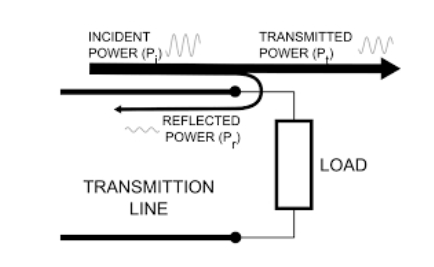 Home
Home
 Back
Back

Definition: This calculator computes the Voltage Standing Wave Ratio (VSWR) of an RF transmission line using the forward power (\( P_f \)) and reflected power (\( P_r \)).
Purpose: It assists RF engineers, technicians, and students in analyzing the efficiency of power transmission in RF systems, helping to identify impedance mismatches.
The calculator uses the formula:
\( \text{VSWR} = \frac{1 + \sqrt{\frac{P_r}{P_f}}}{1 - \sqrt{\frac{P_r}{P_f}}} \)
Where:
Steps:
Calculating VSWR is essential for:
Example 1 (Watts): Calculate VSWR with forward and reflected power in Watts:
Example 2 (dBm): Calculate VSWR with forward and reflected power in dBm:
Q: What units can I use for power inputs?
A: You can use W, mW, or dBm. The calculator converts all inputs to Watts for calculations.
Q: Why do I get an error if reflected power is greater than forward power?
A: Physically, reflected power cannot exceed forward power, as it would imply more power is reflected than transmitted.
Q: What does a VSWR of 1 mean?
A: A VSWR of 1 indicates perfect impedance matching, with no reflected power.
Q: Why is the result formatted in scientific notation?
A: Values less than 0.001 or greater than 10000 are displayed in scientific notation for readability.